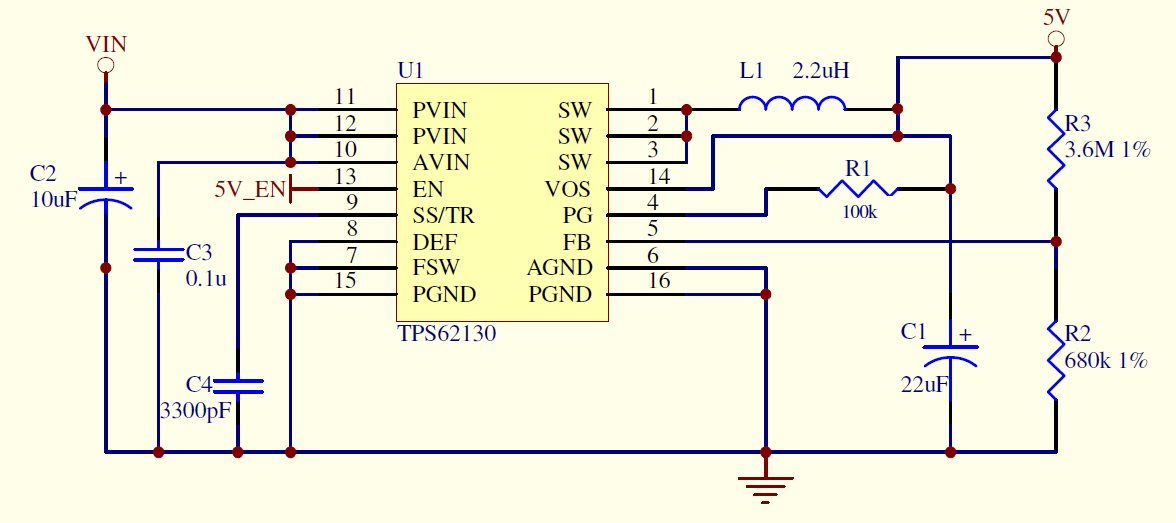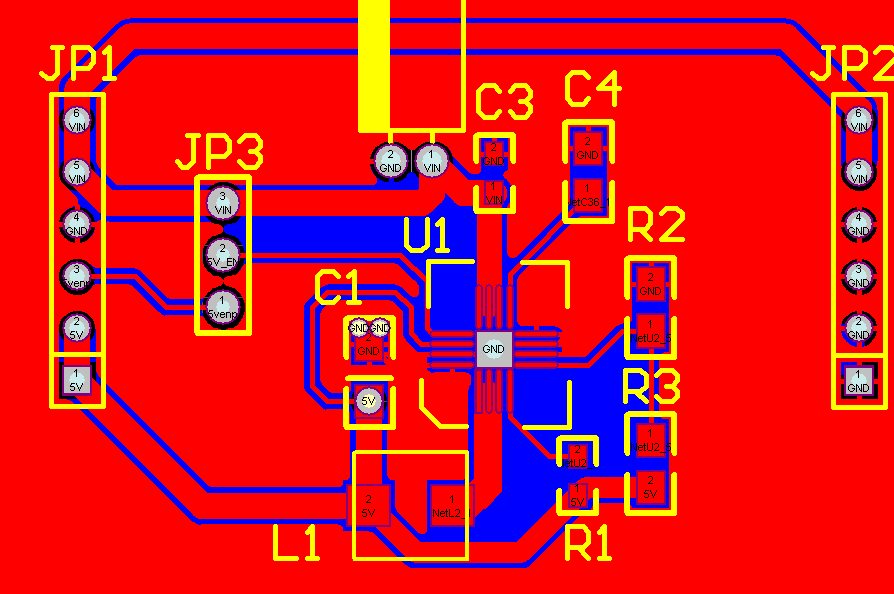Dear members,
I am designing a power circuit of converting 12V to 5 V
and I found TPS62130 broken for several times.
With the attached schematic, I can get 5 V output at first.
After a few hours, TPS62130 stop functioning and output voltage dropped to 0 V.
However, after I replaced the broken one with a new TPS62130,
the circuit can function again.
Here are more conditions which I can provide about the situation:
- output current is within 2.5 A
- Instead of ceramic capacitors, I have used tant capacitor for 22uF output capacitor.
- there is no short circuit (neither before nor after TPS62130 broken)
Did I made any mistakes on the schematic design?
I am looking forward to any replies and suggestions to improve the circuit performance.
Thank you.
Regards




